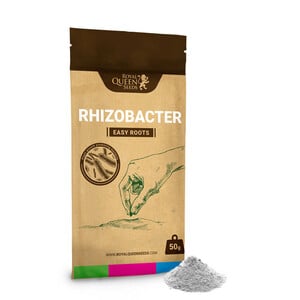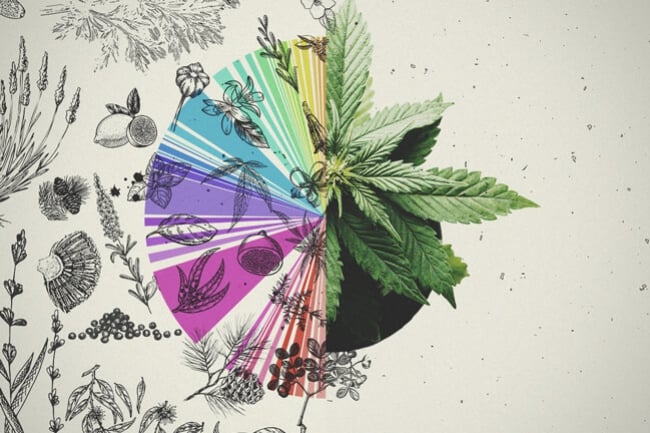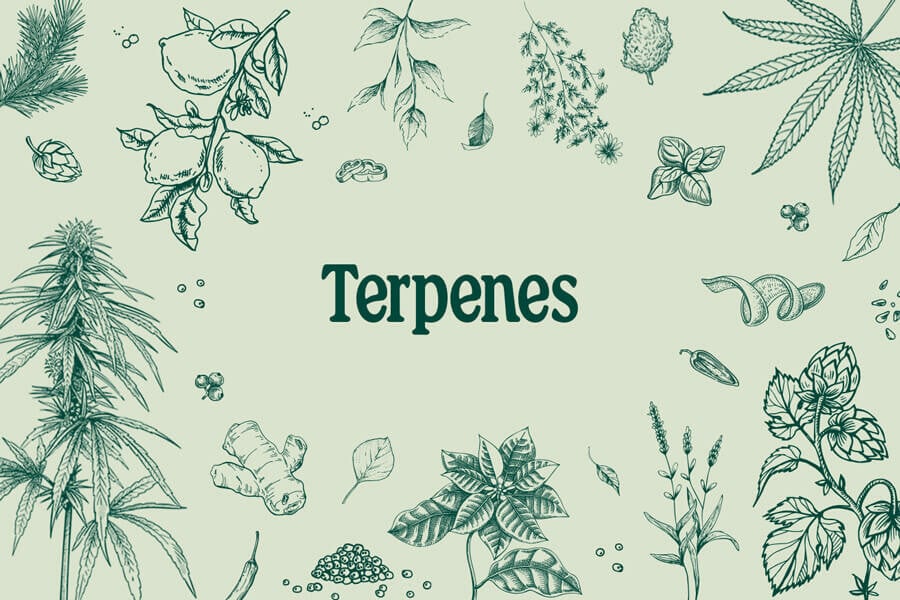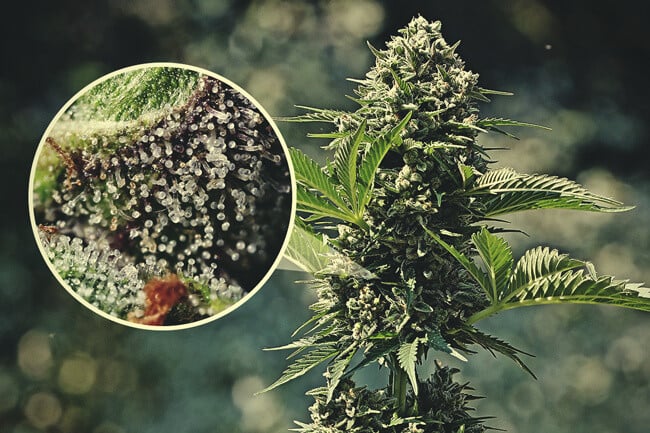.
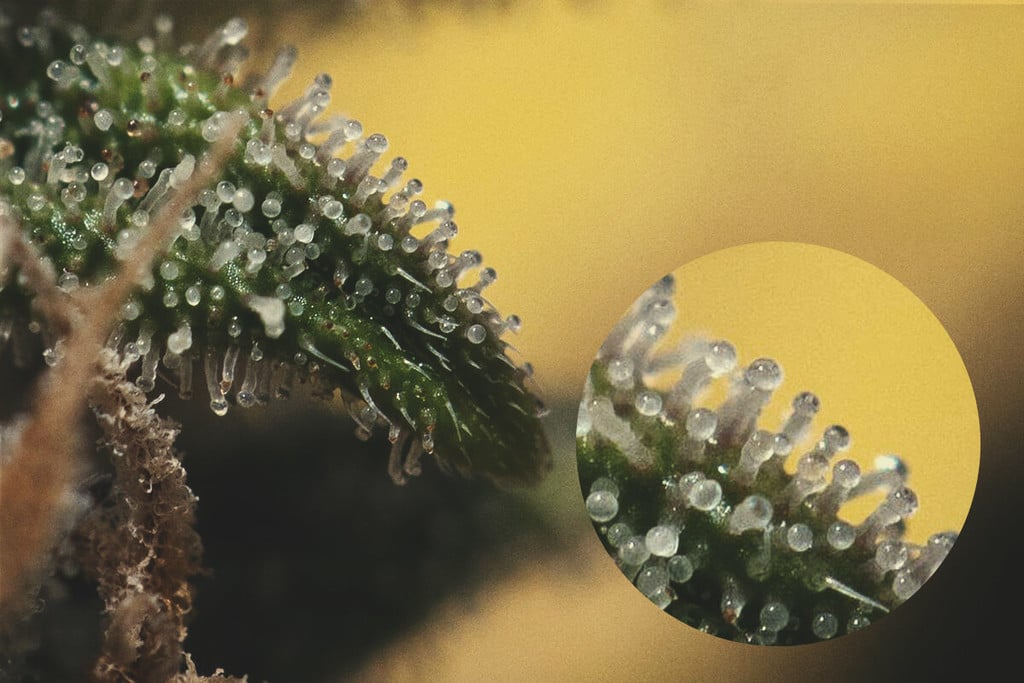
A How-To Guide On Boosting Trichome Production
Sometimes, your level of growing experience isn’t enough. The best nutrients and watering cycles will only get you so far. Make sure you know what to do when looking to grow a trichome-covered plant.
Contents:
Every grower is looking to get the most out of her/his cannabis plant. Whether this involves feeding it the proper nutrients or giving the right amount of light, it all comes down to trichomes. These tiny “hairs” seem to be the most common indication of a healthy and potent plant. While trichomes do not always signal a successful crop, they are essential in developing top-shelf marijuana.
Although all growers know trichomes to be important, most do not understand why the cannabis plant produces them in the first place. This is crucial to grasp if you want to achieve those deliciously resinous buds. Biologically, trichomes are used for self-defence. They’re the best natural way that female cannabis plants protect themselves from pests and pathogens. With “aggressive” aromas and tastes from terpenes and other compounds secreted by trichomes, insects tend to stay away from flowers. Trichomes also help coat the buds, defending them from harmful UV rays. By providing shadows, the plant can better control the amount of light it lets into flowers.
Today, we offer you a guide on how to get the most out of your cannabis trichomes.
Want to unlock every trichome-boosting secret? Download our Pro Growing Guide for advanced strategies, UV-B timing, light-deprivation, cold-shocking, plus precision PPM/pH and environmental controls to drive top-shelf potency.
Free Advanced
Growing Guide!
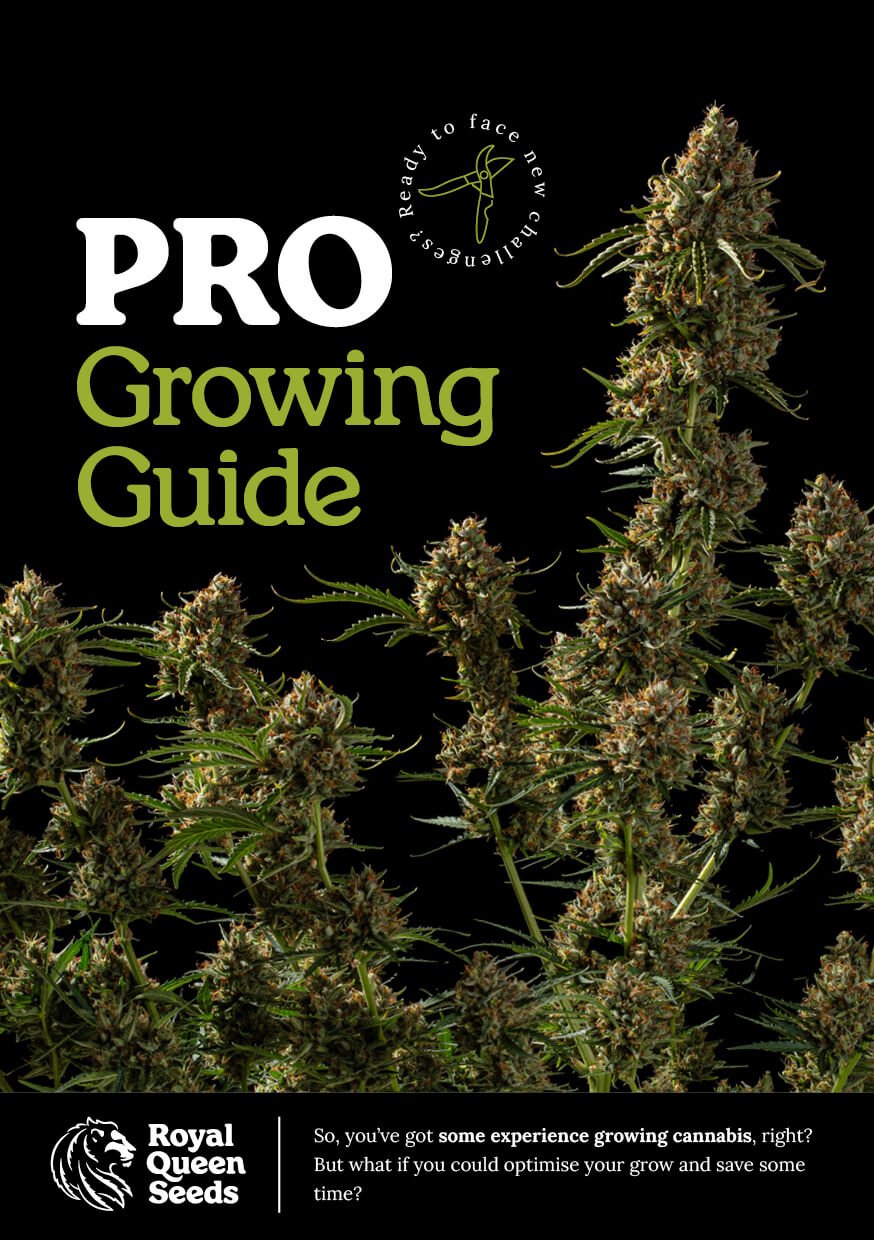
Genetics: The Key to Resinous Buds
There are two predominant factors that influence a plant’s yield and general health: genetics and environment. We can’t stress enough how crucial genetics are to start off with. If you want to achieve the best and most trichomes you can, choose genetics that are known to produce an abundance of them. When you get the best seeds, you’ve done everything possible for one of the factors. Now you only need to worry about environmental conditions. Remember, though, trichomes aren’t everything when it comes to potency. Make sure you fully understand what each strain has to offer before purchasing seeds.
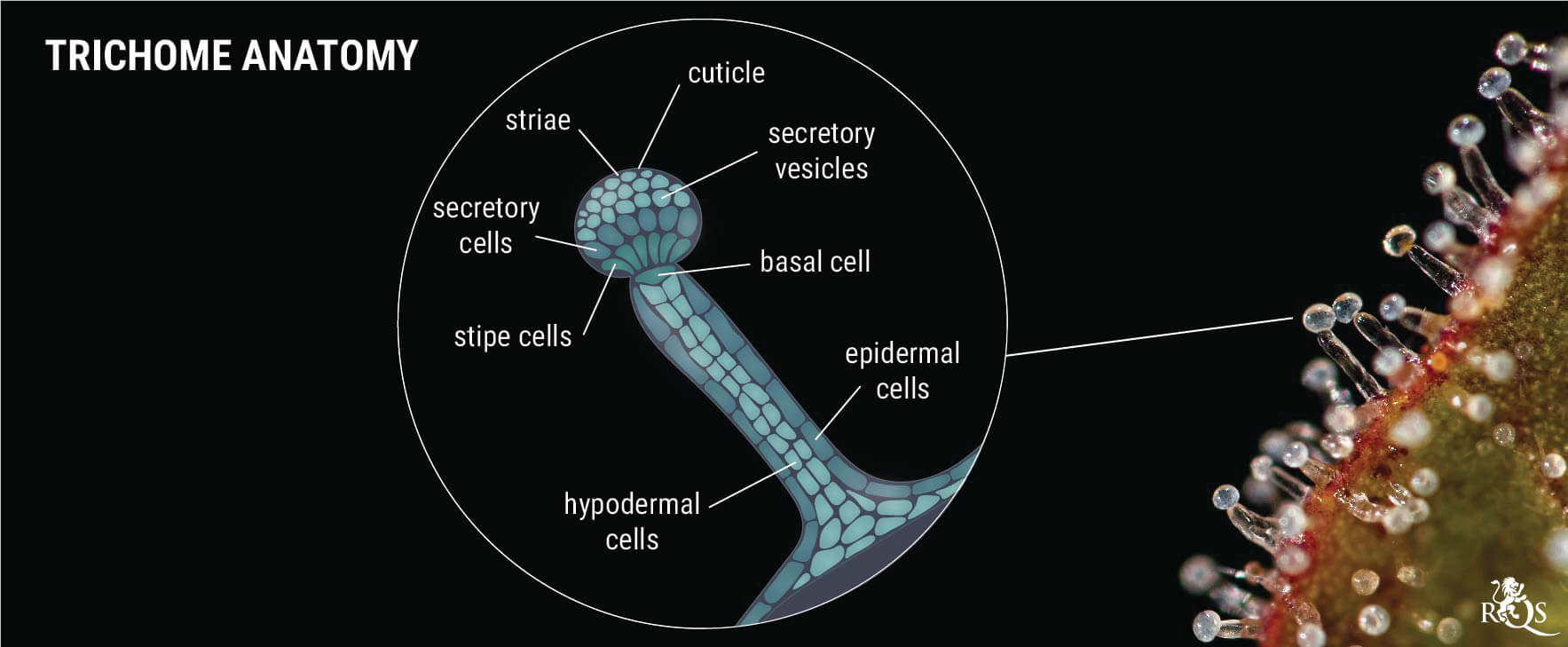
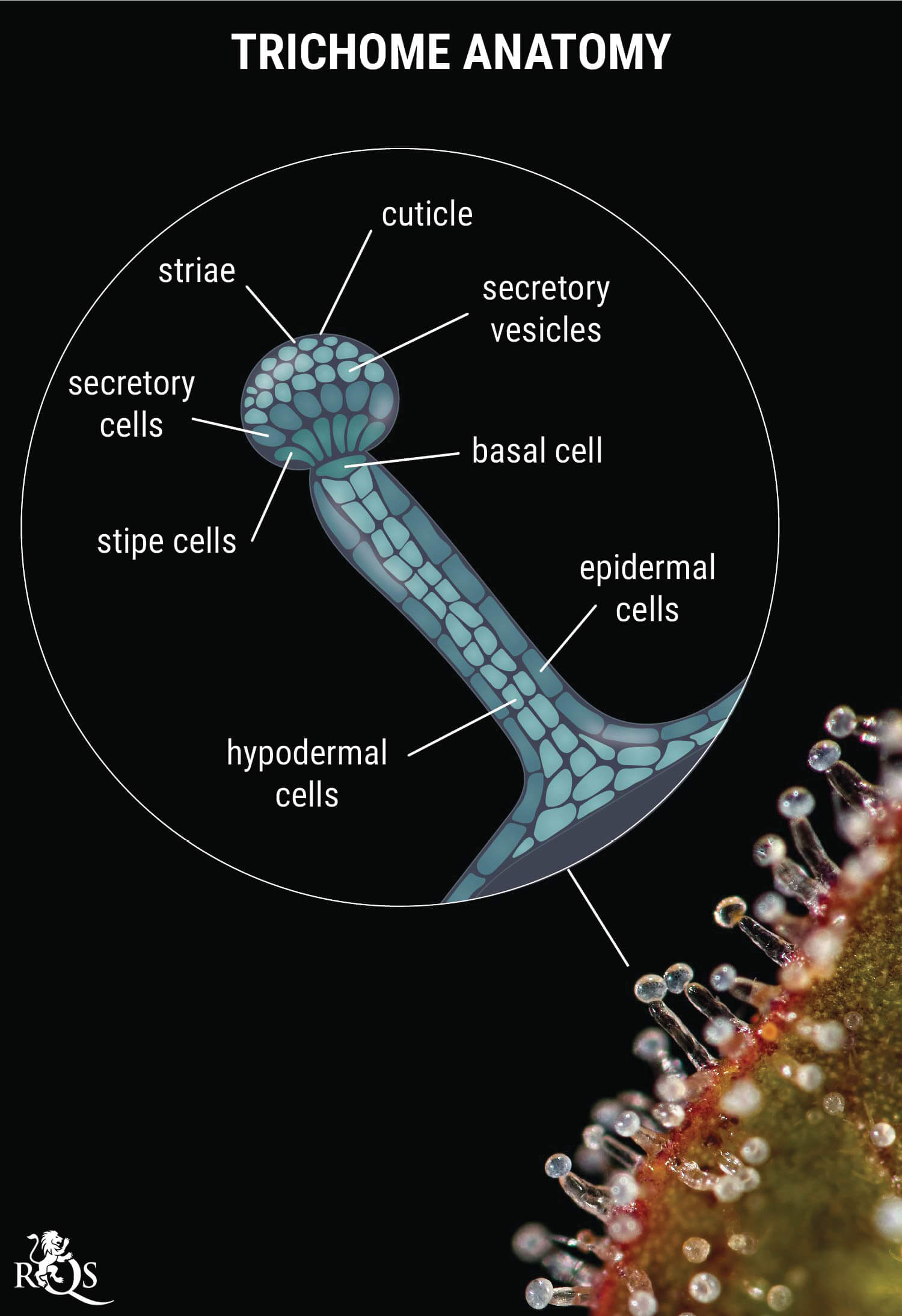
After breeding world-class cannabis genetics for decades, we’ve come across some outrageously resinous strains in our time. If you’re looking for peak trichome production, we could recommend a long list of promising genetics.
However, four strains certainly stick out from the crowd. Lemon Shining Silver Haze and White Widow both earned their titles from the amount of sparkling resin they produce. Such a large quantity of this viscous substance guarantees high levels of THC and terpenes.
ICE also holds the title as one of the best trichome-producers in our genetic archive. Otherwise known as Indica Crystal Extreme, this cultivar exudes an abundance of phytochemical-rich resin from her mature flowers. Finally, Royal Gorilla makes up the fourth member of our trichome-heavy quartet, with an outrageous THC level of 27%.
Lighting
Light underpins everything when it comes to growing cannabis, including trichome optimisation. Light provides energy to cannabis plants, which drives metabolism and cellular function. Adequate levels of light are needed to develop huge concentrations of trichomes, and therefore resin.
As it happens, cannabis plants growing near the equator seem to produce more resin than those in other outdoor locations. These plants also receive more UV light, another variable that helps to ramp up trichome production.
In these regions, excess UV can cause harm to plant tissues. In response, they produce more trichomes to protect themselves against radiation damage. There are several different types of lights that growers can opt for when looking to improve trichome content. Check out the two best options below.
-
LEC Lights
Light emitting ceramic (LEC) lights use ceramic arc tubes that give off a natural tone of light. As well as reportedly increasing plant growth and yields, they also give off UV-B. This type of light simulates the light cannabis plants are exposed to in their natural environment. In response, plants bolster trichome production as a protective mechanism.
-
UV Lights
Ultraviolet lights (UV) also emit this type of light. These lights are affordable and easy to find in pet shops and other retail outlets. Rig them up in your growing room or tent to expose your flowers to this trichome-boosting form of light.
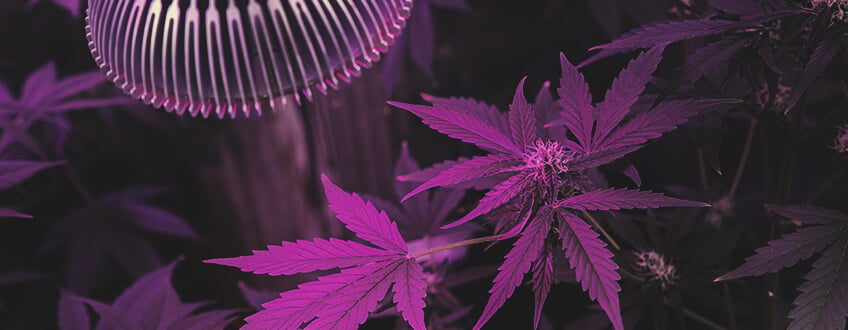
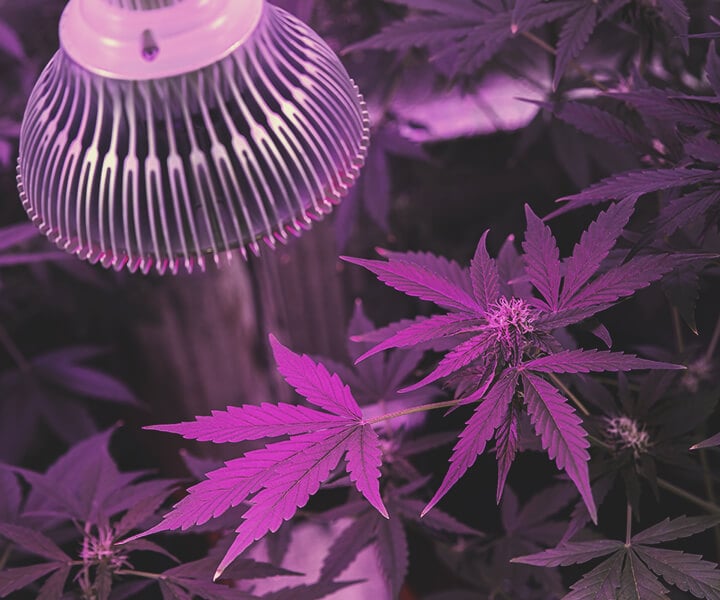
-
Light Deprivation During Late Bloom
Sure, the right kind of light does wonders during the flowering stage. However, reducing light altogether towards the end of the flowering stage also has benefits. In fact, some growers choose to deprive their plants of light during the last 24–48 hours before harvest, in hopes that trichome levels will surge.
Humidity and Heat
In nature, cannabis plants produce resin primarily as a survival mechanism. Cannabinoids and terpenes are known as secondary metabolites—they don’t contribute to growth or reproduction, but they do protect plants against the outside world.
As well as defending against pests and predators, the resin produced by trichomes protects plants against adverse weather. By exposing your plant to an optimal amount of stress—enough to improve resin production without hindering plant development—you can take advantage of these survival mechanisms.
-
Humidity
By reducing the relative humidity in your growing space, you’ll expose your plants to a slightly more stressful environment, all while protecting the buds from mould. During late bloom, reduce the relative humidity of your grow room to around 30% for best results.
-
Heat
You can also harness temperature to boost trichome production. Too hot, and you’ll start to degrade the valuable yet volatile terpenes produced by the trichomes. Too cold, and you'll impact the metabolism of your plants. Aim for a temperature window of 21–26°C.
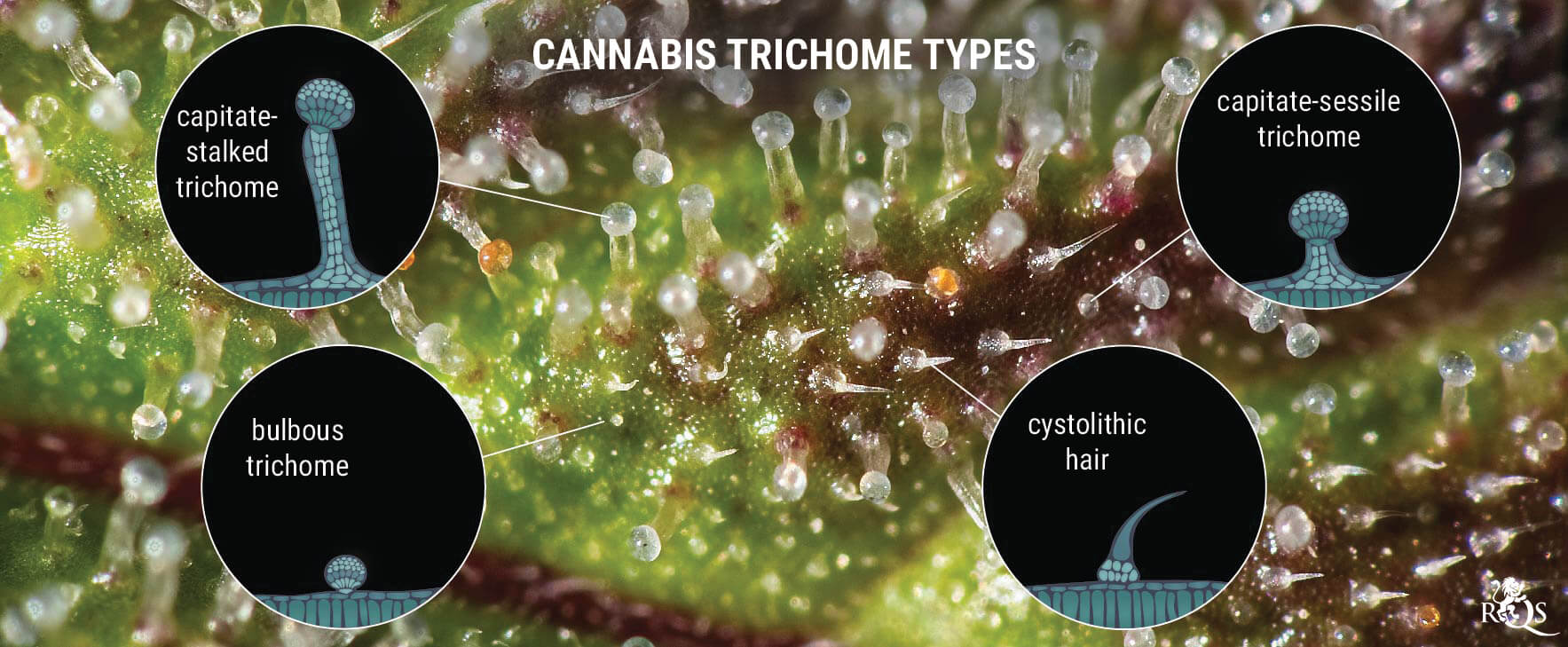
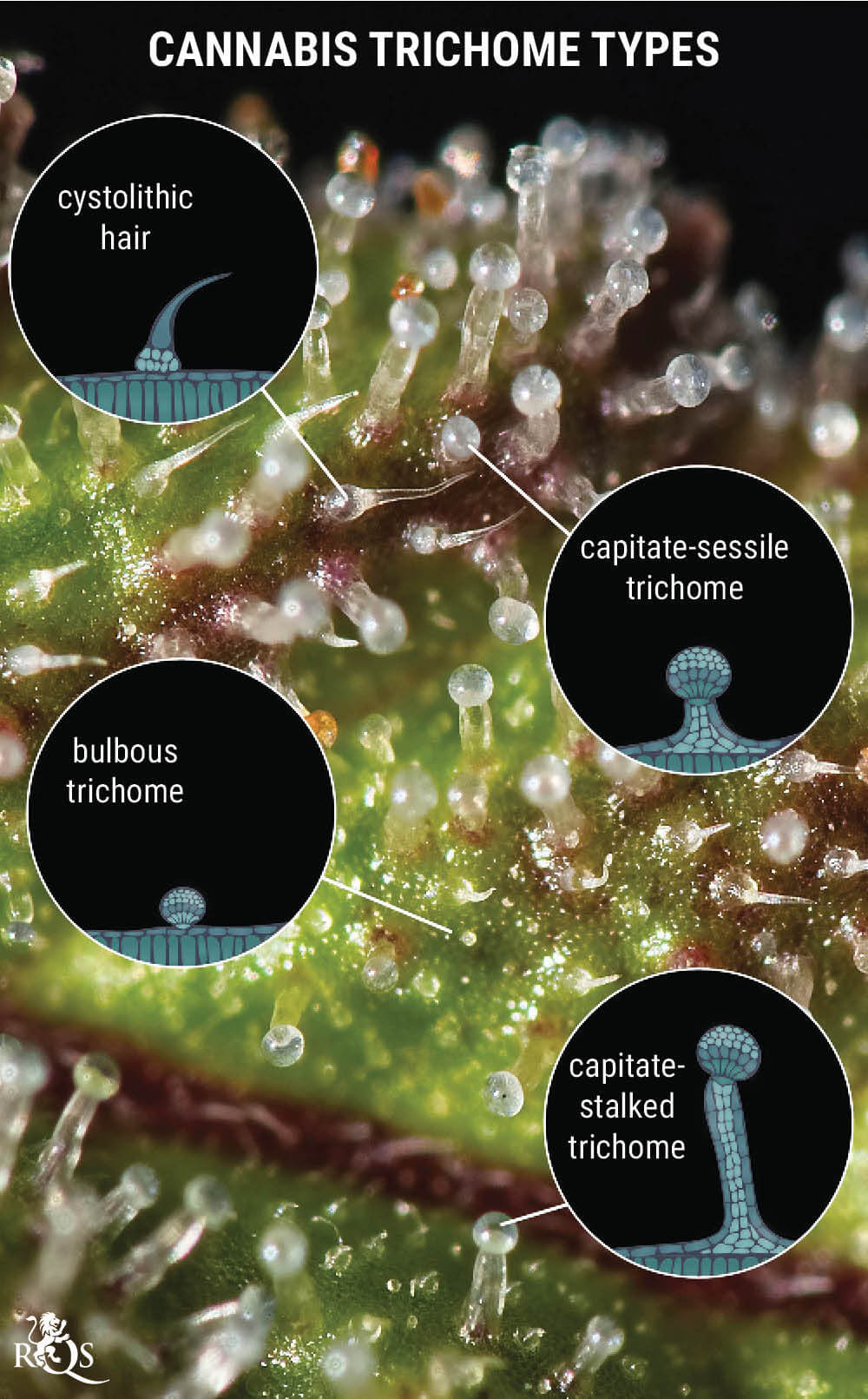
Supplements
Cannabis plants grow happily in good-quality potting soil. But, if you want to take trichome production to another level, there are several supplements you can add to the growing medium. Use these substances to enhance root health, bolster yields, and increase the number of those mushroom-shaped glands.
-
Lactic Acid Bacteria (LAB)
Bacteria often gets a bad rap. However, as we now know more about the microbiome and probiotics, we’re beginning to appreciate the good kind. The cannabis plant features its own microbiome, consisting of billions of beneficial microbes.
By adding LAB to your soil, this particular microbe will break down sugars into short-chain fatty acids. Your plants will use the latter in an effort to pump out more trichomes, cannabinoids, and terpenes.
-
Molasses
Molasses tastes great in food recipes, but it also serves as a key ingredient in healthy soils. Loaded with minerals, vitamins, and sugars, molasses provides many essential nutrients to cannabis plants while feeding friendly microbes in the rhizosphere.
-
Amino Acids
Amino acids are the building blocks of proteins. Small organelles within plant cells called ribosomes link chains of amino acids together to create functional proteins that are used to create tissues, including trichomes.
Plant Training
We know that the right amount of stress triggers a surge in trichome production. Just as environmental factors can induce stress, so can physical training.
-
Super Cropping
Super cropping involves pinching branches, partially breaking them, and redirecting them to grow in a certain direction. It opens up the canopy, increases aeration, and boosts harvests. Besides, the damage you inflict to the plant’s tissue is believed to trigger the plant’s defence mechanisms—such as enhanced trichome production.
-
Avoid Touching Your Buds
Training encourages the rough-housing of stems and branches, but be careful of your buds! Trichomes are easy to dislodge—just take a look at the bottom of your stash jar. Handle your bud with care to avoid knocking these precious gems off.
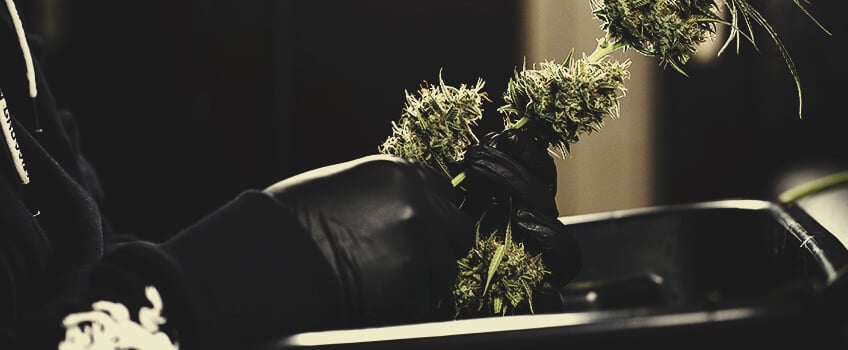

-
Cold Shock
Flush your plants with ice water to boost trichome production. Cold shock adds icing to the cake of training protocol. We advise using ice-cold water when flushing your buds during the late flowering phase. We hypothesise that this adds another element of beneficial stress, stimulating further trichome production.
Increasing Trichome Production: Take an Active Approach
Genetics plays the biggest role when it comes to getting the most trichomes out of your cannabis. However, as displayed above, many other methods can help growers to increase their numbers. Start out with one or two techniques and, as you master them, add in more as you go. Over time, you’ll achieve stickier and stickier buds overflowing with cannabinoids and terpenes.


























